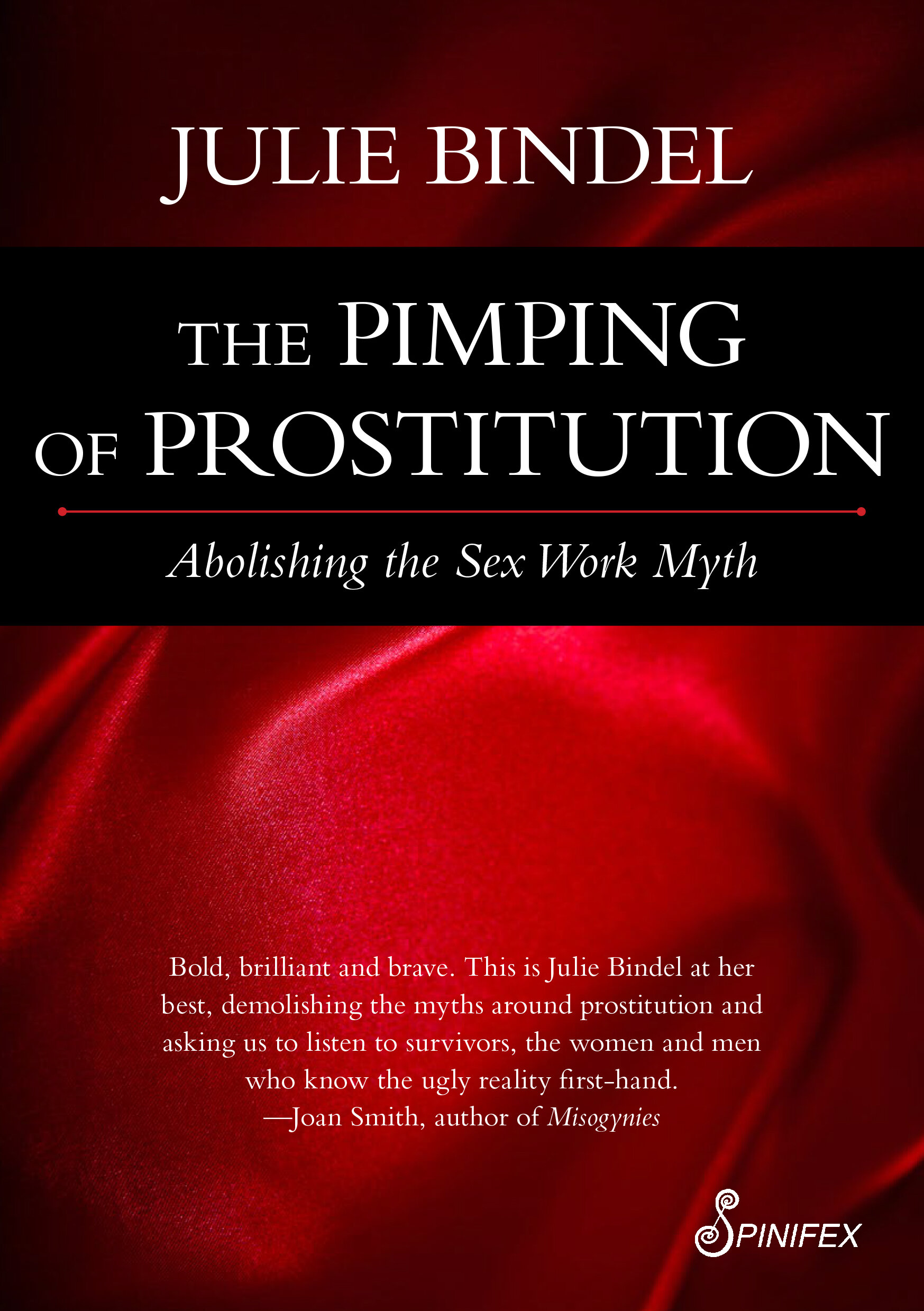 Image 1 of
Image 1 of


The Lace Makers of Narsapur
The Lace Makers of Narsapur is a sensitive and groundbreaking study of women at the beginning of the process of globalisation. Maria Mies in this book, first published in 1982, looks at the way in which women are dispossessed by producing luxury goods for the Western market and simultaneously not counted as workers or producers in their fragmented workplaces. Instead they are defined as ‘non-working housewives’ and their work as ‘leisure-time activity’. The rates of pay are far below acceptable levels resulting in accelerating pauperisation and a rapid deterioration in their position in Indian society.
Before the latest ‘economic boom’ in India were a number of processes of dispossession. The dispossession of farmers through the ‘green revolution’ and alongside it, the dispossession of women, the lace makers of Narsapur in the state of Andhra Pradesh.
2012 | ISBN 9781742198149 | Paperback | 215 x 136 mm | 244 pp
eBook Available
For more paperback copies, please visit IPG Book in the US or Gazelle Book Services in the UK
The Lace Makers of Narsapur is a sensitive and groundbreaking study of women at the beginning of the process of globalisation. Maria Mies in this book, first published in 1982, looks at the way in which women are dispossessed by producing luxury goods for the Western market and simultaneously not counted as workers or producers in their fragmented workplaces. Instead they are defined as ‘non-working housewives’ and their work as ‘leisure-time activity’. The rates of pay are far below acceptable levels resulting in accelerating pauperisation and a rapid deterioration in their position in Indian society.
Before the latest ‘economic boom’ in India were a number of processes of dispossession. The dispossession of farmers through the ‘green revolution’ and alongside it, the dispossession of women, the lace makers of Narsapur in the state of Andhra Pradesh.
2012 | ISBN 9781742198149 | Paperback | 215 x 136 mm | 244 pp
eBook Available
For more paperback copies, please visit IPG Book in the US or Gazelle Book Services in the UK
The Lace Makers of Narsapur is a sensitive and groundbreaking study of women at the beginning of the process of globalisation. Maria Mies in this book, first published in 1982, looks at the way in which women are dispossessed by producing luxury goods for the Western market and simultaneously not counted as workers or producers in their fragmented workplaces. Instead they are defined as ‘non-working housewives’ and their work as ‘leisure-time activity’. The rates of pay are far below acceptable levels resulting in accelerating pauperisation and a rapid deterioration in their position in Indian society.
Before the latest ‘economic boom’ in India were a number of processes of dispossession. The dispossession of farmers through the ‘green revolution’ and alongside it, the dispossession of women, the lace makers of Narsapur in the state of Andhra Pradesh.
2012 | ISBN 9781742198149 | Paperback | 215 x 136 mm | 244 pp
eBook Available
For more paperback copies, please visit IPG Book in the US or Gazelle Book Services in the UK

Reviews
… a graphic illustration of how women bear the impact of development processes in countries where poor peasant and tribal societies are being ‘integrated’ into an international division of labor under the dictates of capital accumulation.
—Chandra Talpade Mohanty
Table of Contents
Preface to the 2012 edition
Preface to the 1982 edition
Acknowledgements
1 Introduction
2 The Setting – West Godavari
Population Characteristics and Work Participation
Poverty and Pauperisation in a Rich District
Women’s Work Participation in West Godavari
Unemployment
3 The History of the Lace Industry
Colonial Penetration
The Development of the Lace Industry, 1900-70
The Rise of the Farmer Merchants in the Lace Business
4 The Lace Industry in 1978
5 Structure of the Industry
A ‘Submerged Economy’ and Invisible Producers
Means of Production and the Production Process
Division of Work and the Putting-Out System
Wages and Wage Systems
Marketing and Marketing Agents
6 Production and Reproduction Relations
The Setting and Methodology
Case Histories of Lace Producers, Agents, Traders, Exporters
(a) Female Producers: The Lace Makers
(b) Male Non-Producers: Agents, Traders and Exporters
Demographic and Socio-Economic Characteristics of the Lace Makers
(a) Marital Status
(b) Class
(c) Caste
(d) Education
Production Relations
(1) Lace Workers/Exporters
(2) Lace Workers/Agents
(3) Lace Workers/Traders
(4) Agents/Exporters
Reproduction Relations
Division of Labour Between the Sexes
(1) Sexual Division of Labour within Society
(2) Sexual Division of Labour within the Family
(3) Lace Production and Changes in the Sexual Division of Labour
Women’s Work and Labour Time
(a) The Working Day of a Lace Maker
(b) Types of Work
(c) Labour Time
Income and Expenditure
(1) Income
(2) Expenditure
Indebtedness and Pauperisation
7 Profits and Exploitation
8 Problems of Organisation
The Lace Workers’ Consciousness
The Possibility of Forming a Society
The Role of the Bureacracy
Our Role
9 Conclusions
Suggestions
Bibliography
Appendix: Adilaksmi’s Working Day
Tables
1 Agricultural Machinery and Implements
2 Size of Landholding
3 Distribution of Holdings and Area Operated in West Godavari, by Size of Holding
4 Distribution of Make and Female Workers in Agriculture, 1961-1971
5 The Employment Exchange: Applications and Placements
6 Employment in the Formal Sector, Elluru
7a Exports and Local Business Negotiated through State Bank of India, Narsapur (rupees)
7b Exports and Local Business Negotiated through State Bank of India, Narsapur (graphs)
8 Marital Status of Lace Makers
9 Main Occupation of Head of Household
10 Land Owned or Leased-in by Lace Makers’ Families
11 Land Ownership: Present and Past Situation
12 Distribution of Lace Workers by Education and Caste (%)
13a Average Annual Earnings According to Sources of Income
13b Average Retail Prices of Essential Commodities at Elluru, 1975-77
13c Average Wholesale Prices of Paddy at Bhimavaram, April 1976 to March 1977
14 Family Expenditure on Various Requirements (%)
15 Recreation Expenditure According to Sex
16 Health Expenditure According to Sex
17 Amounts Borrowed
18 Reasons for Taking Loans
19 Articles Pawned, Land Mortgaged and Lost by Lace Makers’ Families












